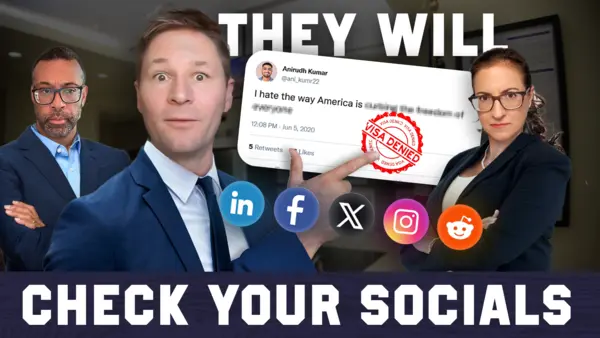Events & Promotions
|
|

GMAT Club Daily Prep
Thank you for using the timer - this advanced tool can estimate your performance and suggest more practice questions. We have subscribed you to Daily Prep Questions via email.
Customized
for You
Track
Your Progress
Practice
Pays
Not interested in getting valuable practice questions and articles delivered to your email? No problem, unsubscribe here.
- Nov 20
07:30 AM PST
-08:30 AM PST
Learn what truly sets the UC Riverside MBA apart and how it helps in your professional growth - Nov 22
11:00 AM IST
-01:00 PM IST
Do RC/MSR passages scare you? e-GMAT is conducting a masterclass to help you learn – Learn effective reading strategies Tackle difficult RC & MSR with confidence Excel in timed test environment - Nov 23
11:00 AM IST
-01:00 PM IST
Attend this free GMAT Algebra Webinar and learn how to master the most challenging Inequalities and Absolute Value problems with ease. - Nov 25
10:00 AM EST
-11:00 AM EST
Prefer video-based learning? The Target Test Prep OnDemand course is a one-of-a-kind video masterclass featuring 400 hours of lecture-style teaching by Scott Woodbury-Stewart, founder of Target Test Prep and one of the most accomplished GMAT instructors.
A
Be sure to select an answer first to save it in the Error Log before revealing the correct answer (OA)!
Difficulty:
 85%
(hard)
85%
(hard)
Question Stats:
48% (02:05) correct 52%
(02:02)
wrong
52%
(02:02)
wrong  based on 5501
sessions
based on 5501
sessions
History
Date
Time
Result
Not Attempted Yet
Advertiser: The revenue that newspapers and magazines earn by publishing advertisements allows publishers to keep the prices per copy of their publications much lower than would otherwise be possible. Therefore, consumers benefit economically from advertising.
Consumer: But who pays for the advertising that pays for low-priced newspapers and magazines? We consumers do, because advertisers pass along advertising costs to us through the higher prices they charge for their products.
Which of the following best describes how the consumer counters the advertiser’s argument?
(A) By alleging something that, if true, would weaken the plausibility of the advertiser’s conclusion
(B) By questioning the truth of the purportedly factual statement on which the advertiser’s conclusion is based
(C) By offering an interpretation of the advertiser’s opening statement that, if accurate, shows that there is an implicit contradiction in it
(D) By pointing out that the advertiser’s point of view is biased
(E) By arguing that the advertiser too narrowly restricts the discussion to the effects of advertising that are economic
Consumer: But who pays for the advertising that pays for low-priced newspapers and magazines? We consumers do, because advertisers pass along advertising costs to us through the higher prices they charge for their products.
Which of the following best describes how the consumer counters the advertiser’s argument?
(A) By alleging something that, if true, would weaken the plausibility of the advertiser’s conclusion
(B) By questioning the truth of the purportedly factual statement on which the advertiser’s conclusion is based
(C) By offering an interpretation of the advertiser’s opening statement that, if accurate, shows that there is an implicit contradiction in it
(D) By pointing out that the advertiser’s point of view is biased
(E) By arguing that the advertiser too narrowly restricts the discussion to the effects of advertising that are economic
Kudos
Bookmarks
As for (C), I don't see any implicit contradiction in the advertiser's claim. An implicit contradiction would render the argument invalid without the consumer having to pipe up in the first place. What the consumer does is points out something that, if true (low-priced newspapers end up costing consumers more because of advertising) would weaken the advertiser's argument, which is answer (A).
As for (B), what is the factual statement that is being questioned? The advertiser is making a claim, and the advertising is challenging the validity of that claim.
As for (B), what is the factual statement that is being questioned? The advertiser is making a claim, and the advertising is challenging the validity of that claim.
Kudos
Bookmarks
dips
Dear Shilpi85,
The advertiser's argument is :
"publishing advertisements allows publishers to keep the prices per copy of their publications much lower than would otherwise be possible."
It is based on economic considerations
The consumer's counter:
"But who pays for the advertising that pays for low-priced newspapers and magazines? "
Again it is based on economic considerations
So we cannot say that the consumer thinks that the advertiser narrowly restricts the discussions to effects that are economic because he himself is countering on the basis of effects that are economic.












